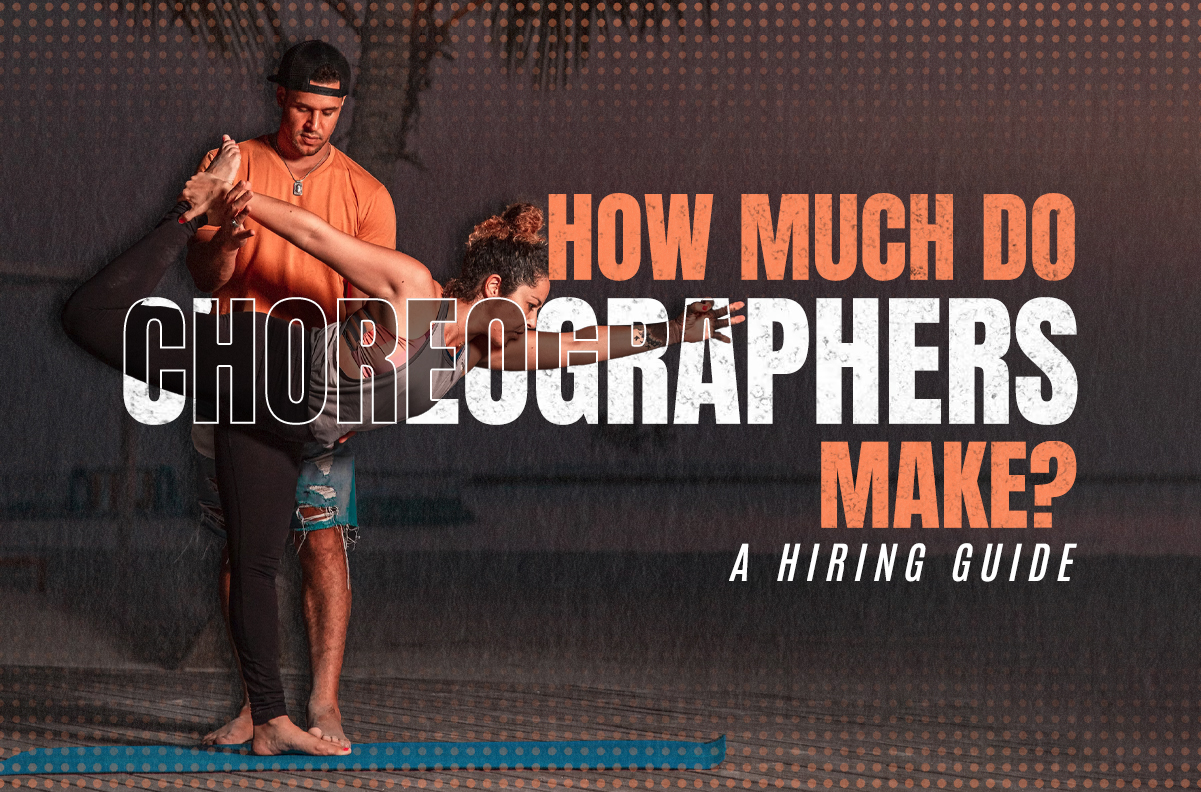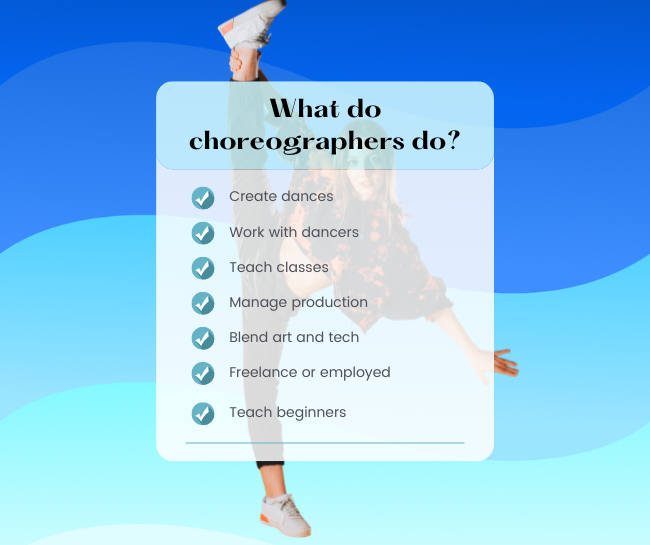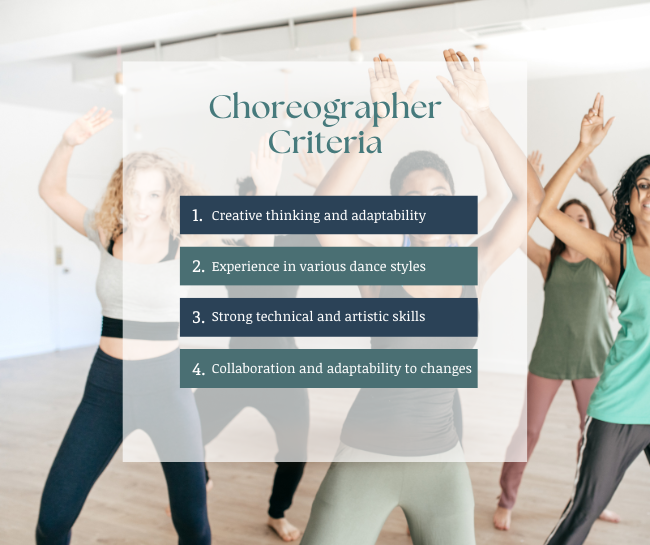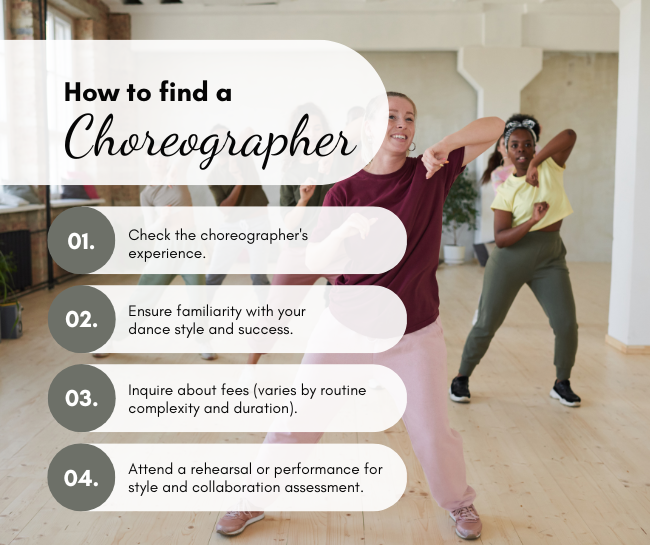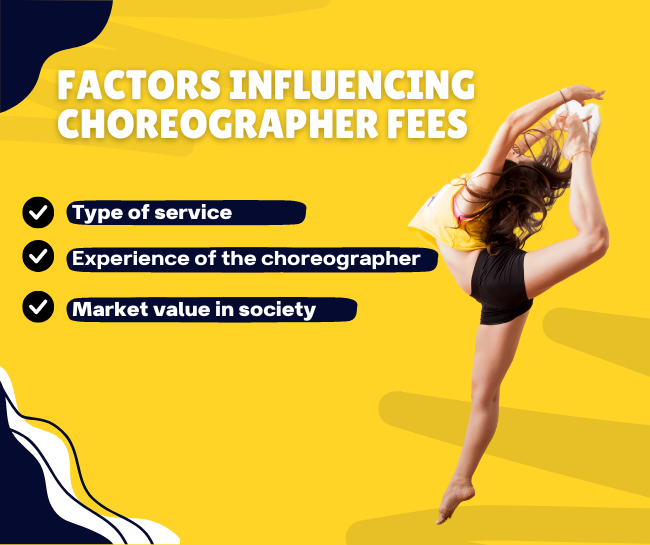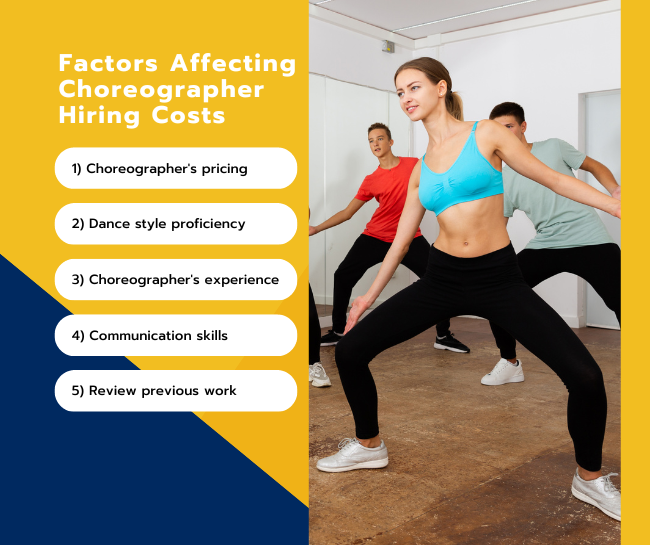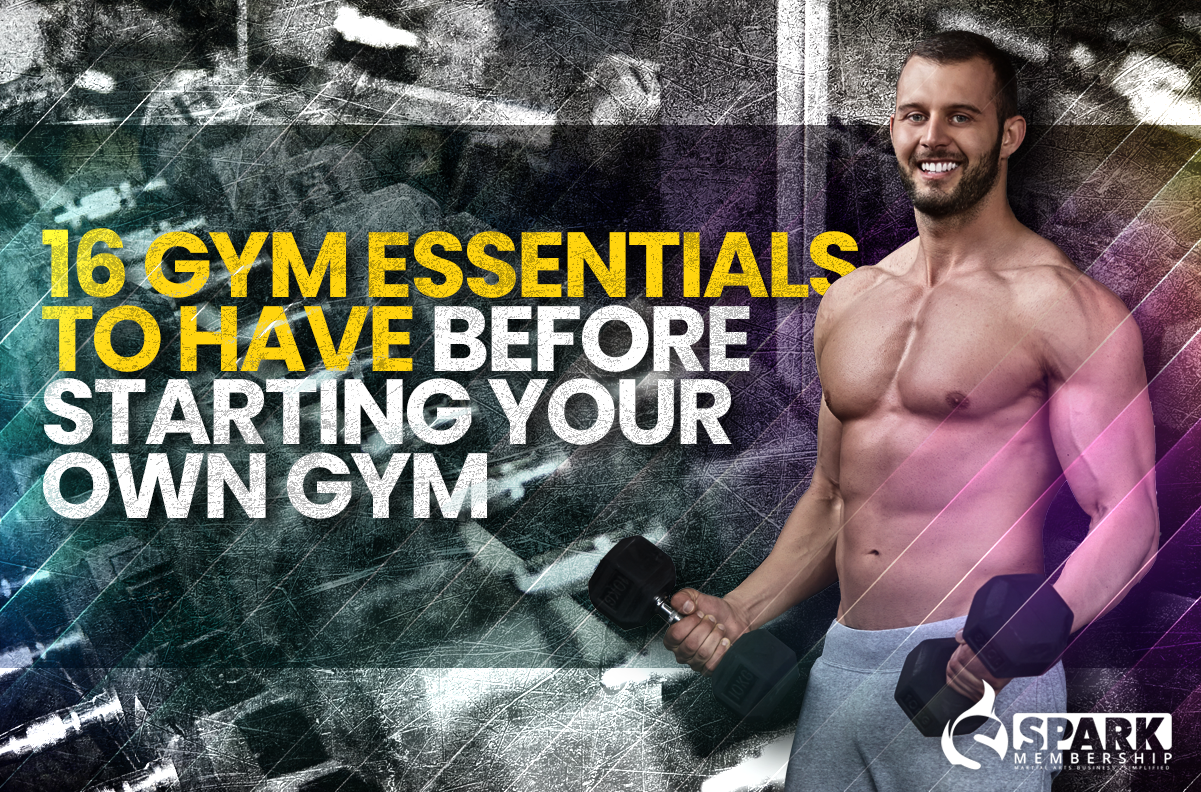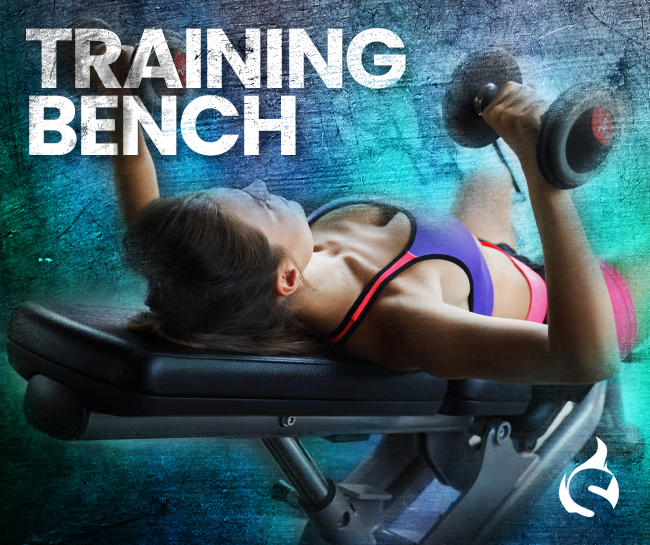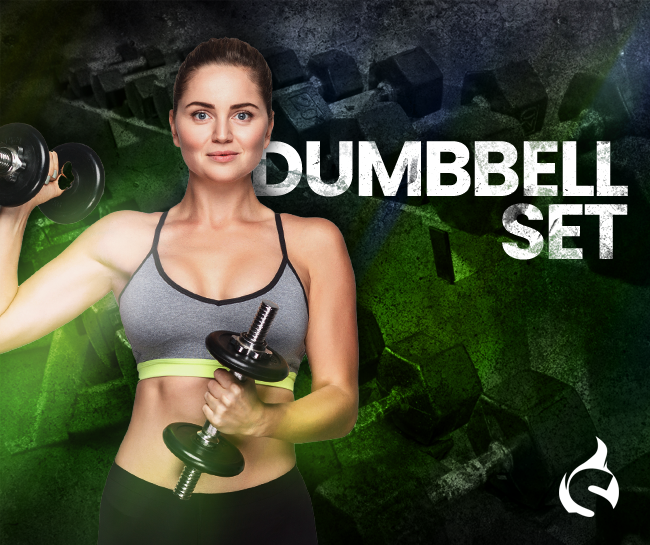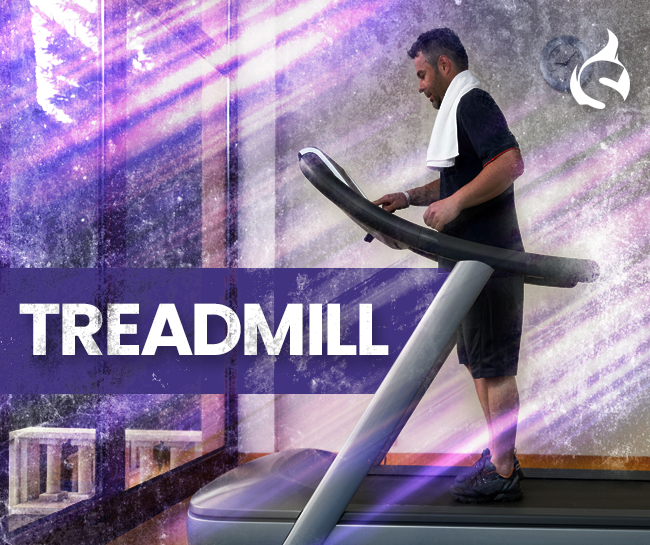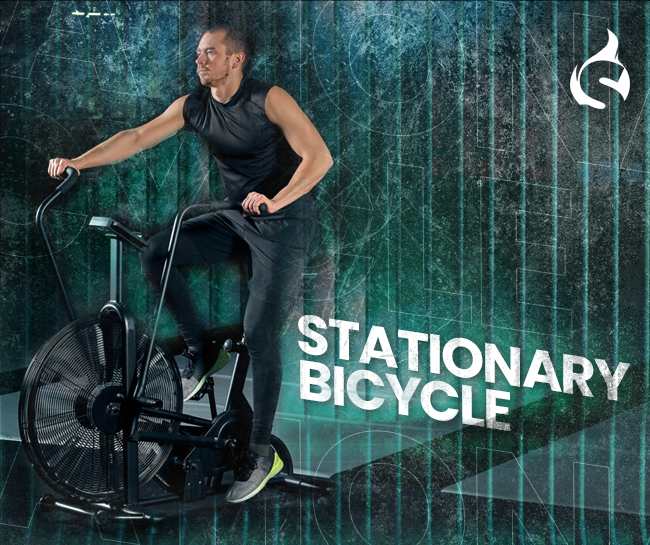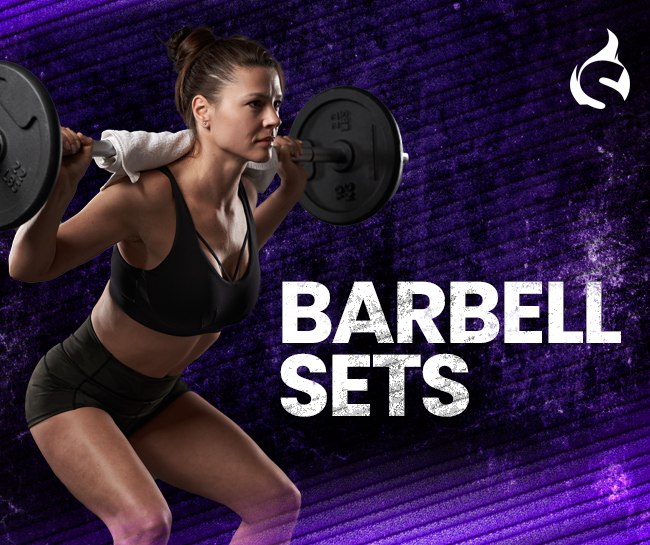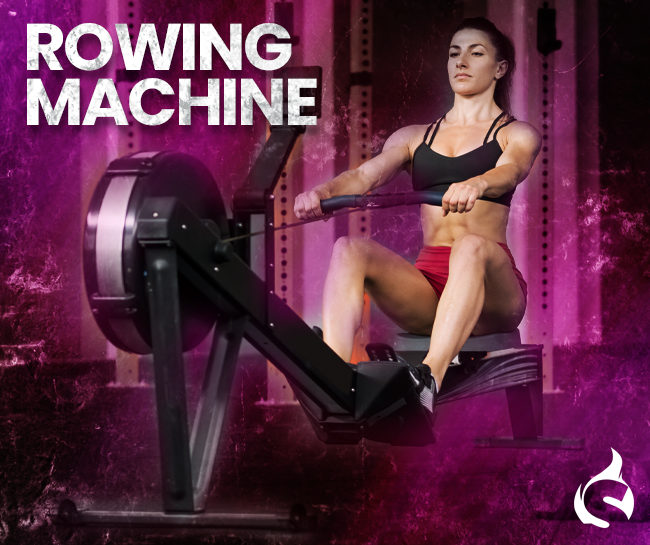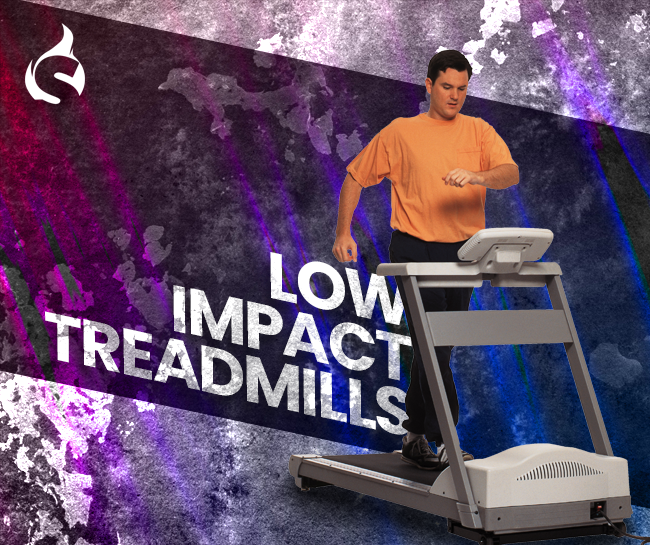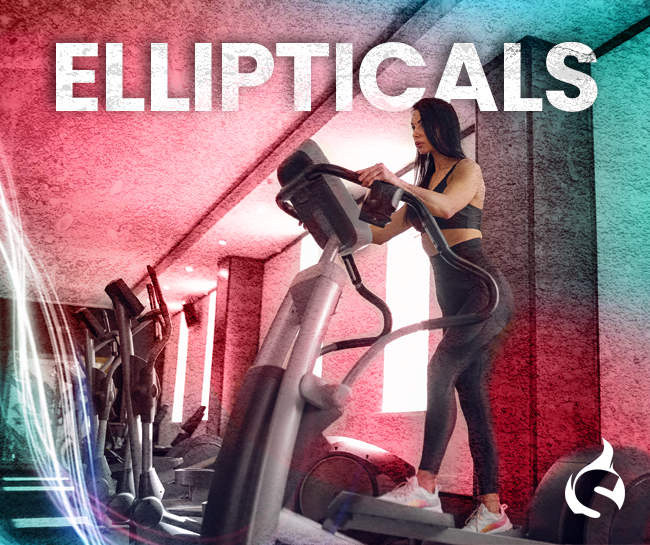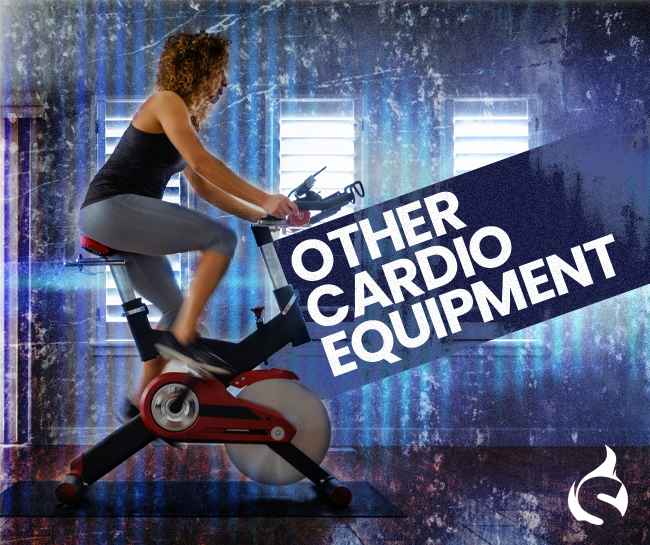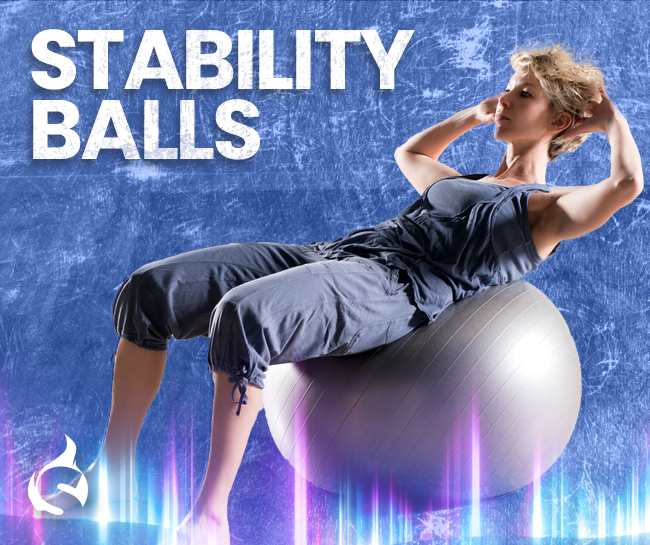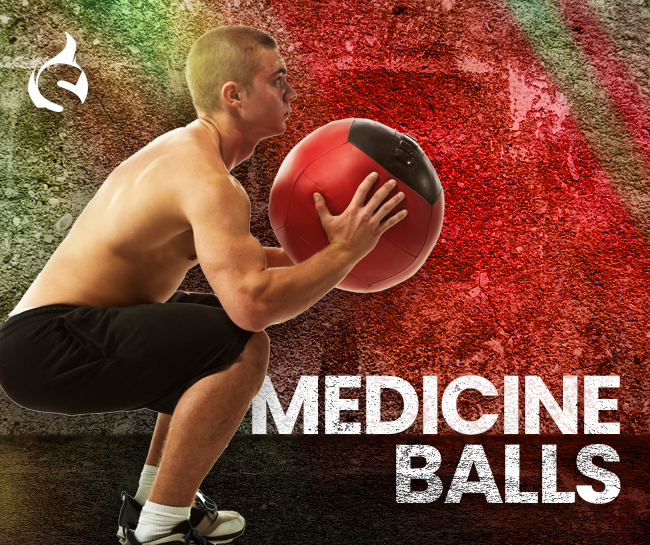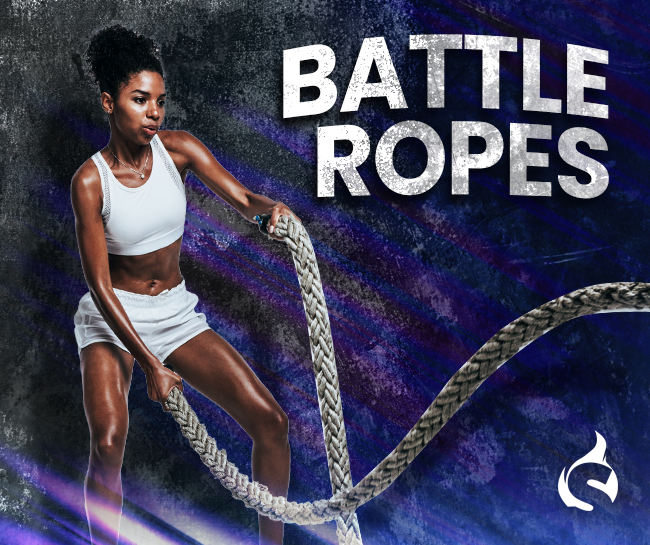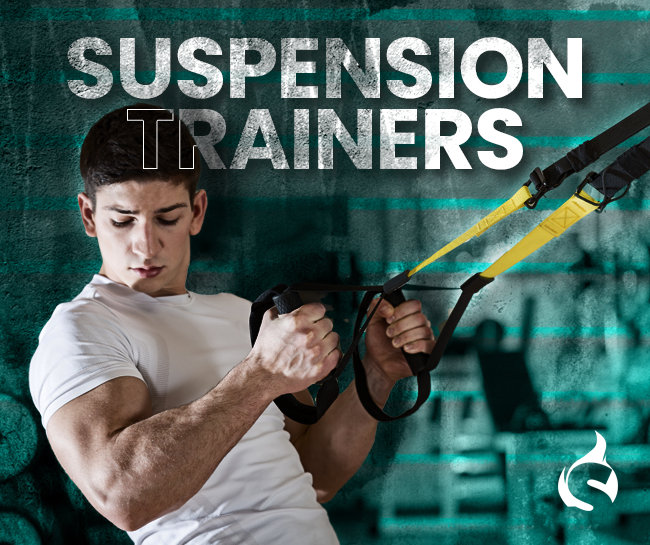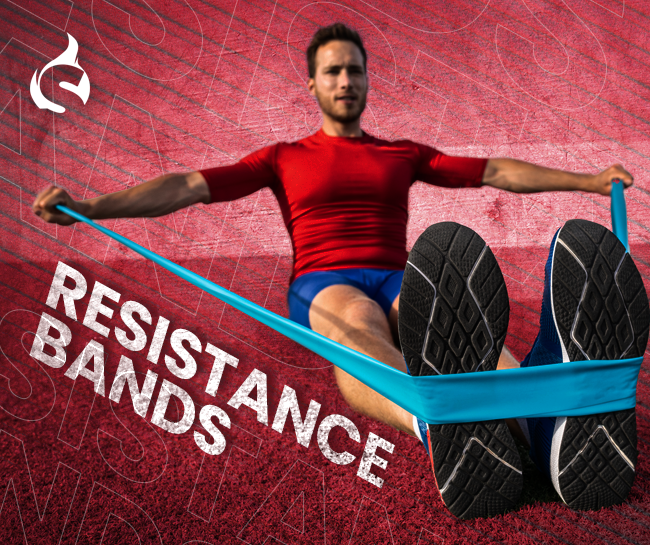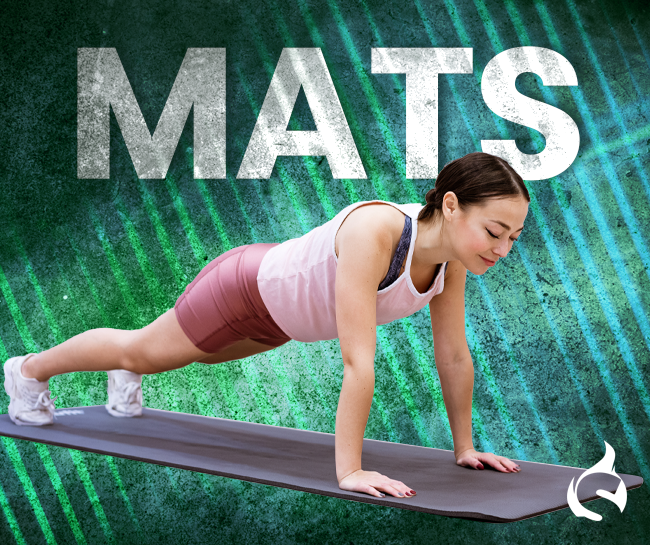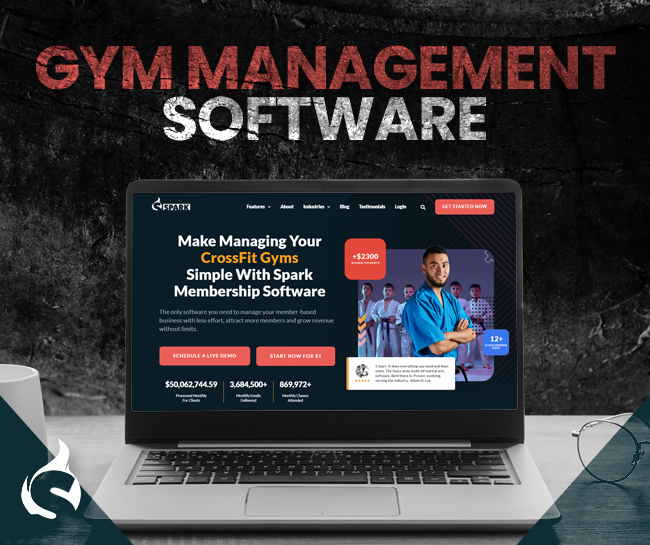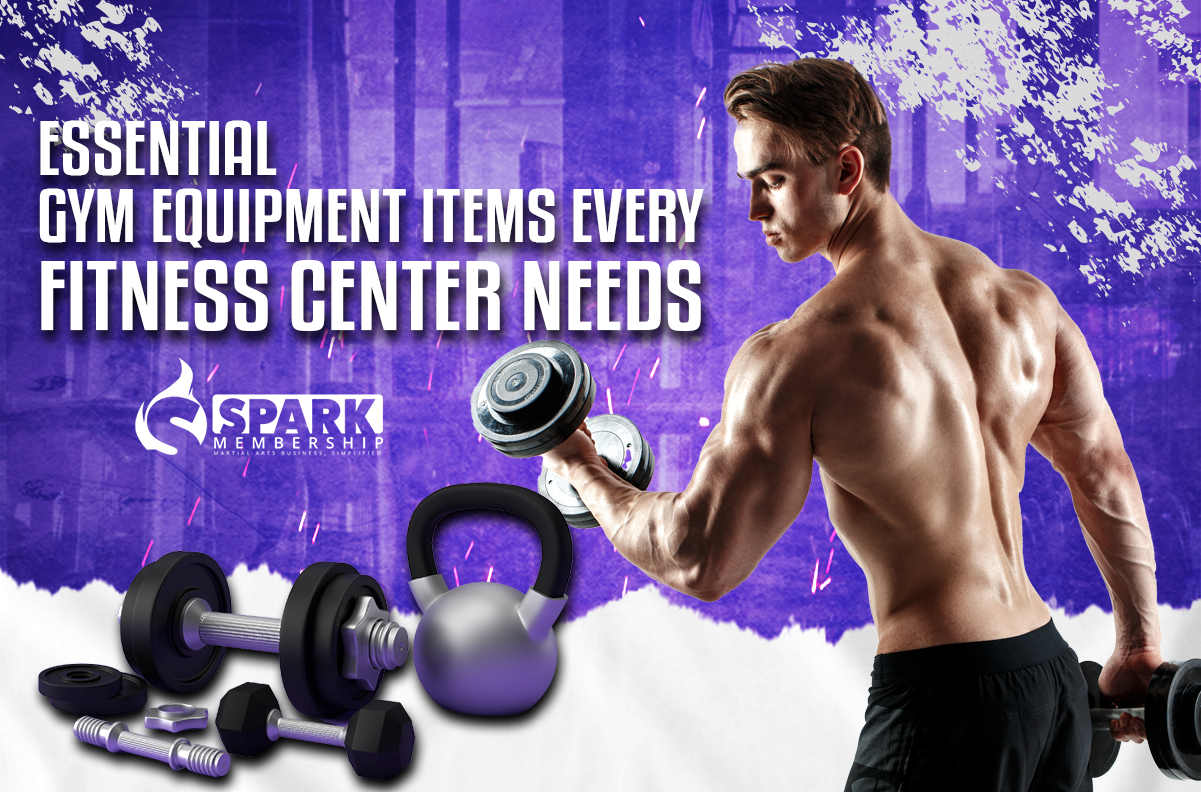
When setting up or revamping a gym, one of the first challenges many owners face is determining which equipment to invest in. A comprehensive “Gym Equipment List” is not just about filling up space but understanding the specific needs of your clientele and ensuring versatility in workouts. This article aims to break down popular gym equipment, diving into their primary uses to help you make informed decisions. Whether you’re a seasoned gym owner looking to refresh your offerings or someone stepping into the fitness industry, this guide will give you the insights you need to create a dynamic and user-friendly workout space.
Cardio Equipments
Cardiovascular fitness is a cornerstone of any well-rounded fitness regimen. By elevating heart rates and increasing blood circulation, cardio workouts play a crucial role in improving heart health, burning calories, and enhancing overall stamina. Let’s delve into some of the most sought-after cardio equipment that gyms should consider:
- Treadmill:
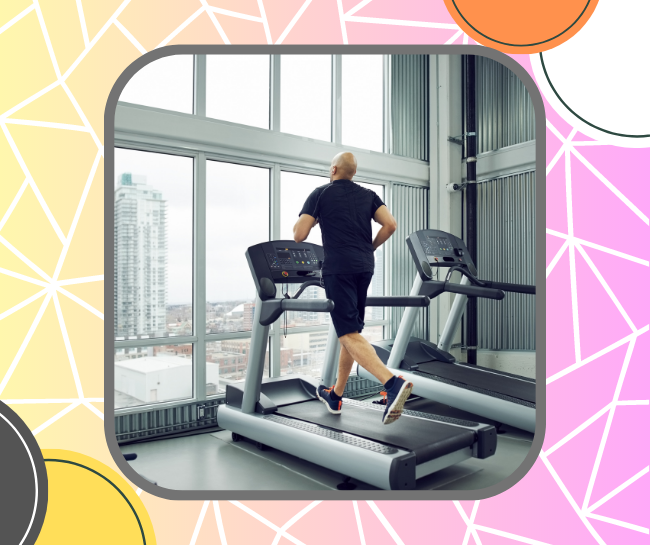
- Usage: Ideal for walking, jogging, and running exercises.
- Benefits: Treadmills offer adjustable speeds and inclines, catering to everyone from beginners to seasoned runners. They’re perfect for interval training and can be used regardless of outdoor weather conditions.
- Rowing Machine:
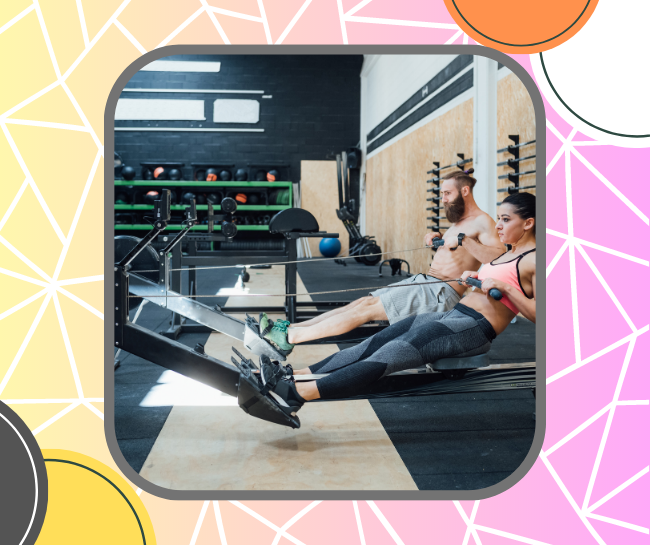
- Usage: Simulates the action of watercraft rowing for a full-body workout.
- Benefits: Targets both upper and lower body muscles, including the back, legs, and arms. It’s also a low-impact exercise option, minimizing strain on the joints.
- Stationary Bicycle:
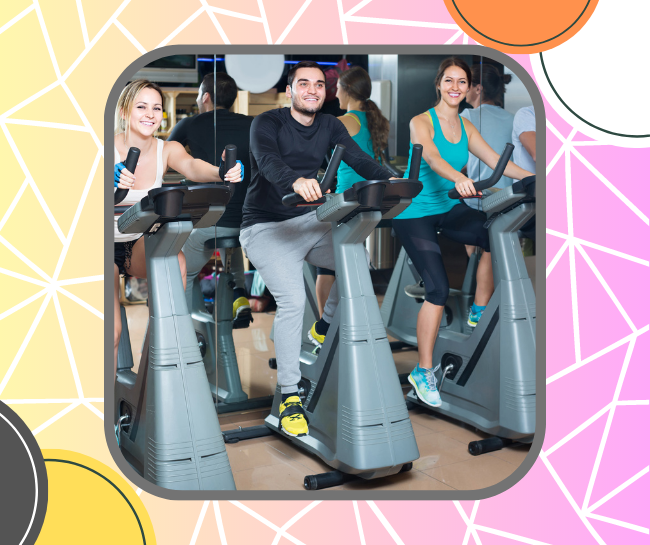
- Usage: Used for seated cycling exercises.
- Benefits: Great for building leg strength and stamina. It offers a low-impact alternative to running, making it suitable for those with joint issues. Different resistance levels can challenge both beginners and experienced cyclists.
- Jump rope
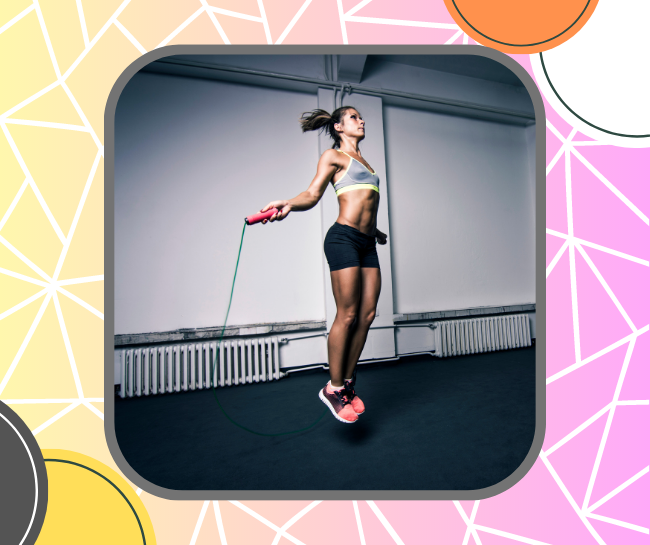
- Usage: For skipping exercises, either in place or with movement.
- Benefits: Jump ropes are portable and versatile. They help in improving coordination, bone density, and offer an effective cardio workout in short durations.
💡 Did you know?
Kirato Hitaka from Japan holds the record for the most revolutions in a single skip – 8, achieved in Yamaguchi, Japan, on 17 July 2023. Despite initially struggling with rope skipping in 5th grade, he persevered and now practices it daily alongside being a member of the football club.
- Elliptical Trainer:
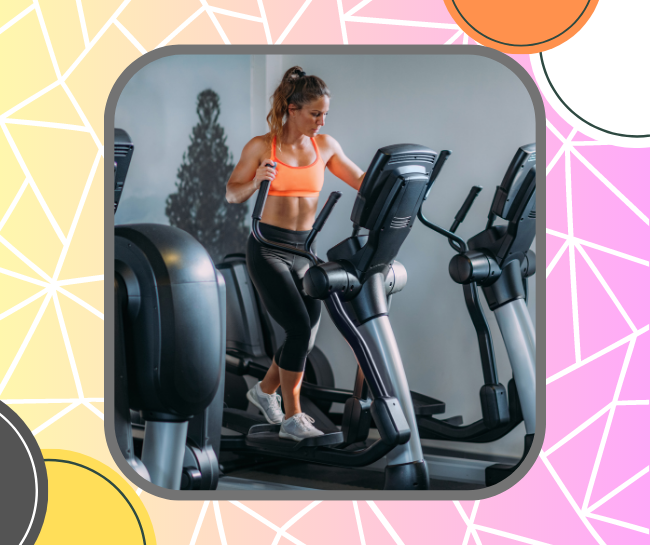
- Usage: Offers a cross-training workout that combines stair climbing, walking, and running.
- Benefits: The elliptical trainer provides a full-body workout, engaging both arms and legs. It’s low-impact, making it easy on the joints while still offering an effective calorie burn.
Each of these cardio equipment pieces is designed to cater to different fitness levels and preferences. When selecting equipment for your gym, it’s crucial to ensure a mix to cater to the diverse needs of your members.
Strength Training Equipment
Strength training is pivotal for building muscle mass, enhancing bone density, and boosting metabolism. Incorporating a range of strength equipment ensures your gym caters to members with varied training goals, from muscle toning to bodybuilding. Here’s a detailed look at some essential strength training equipment:
- Leg Extension Machine:
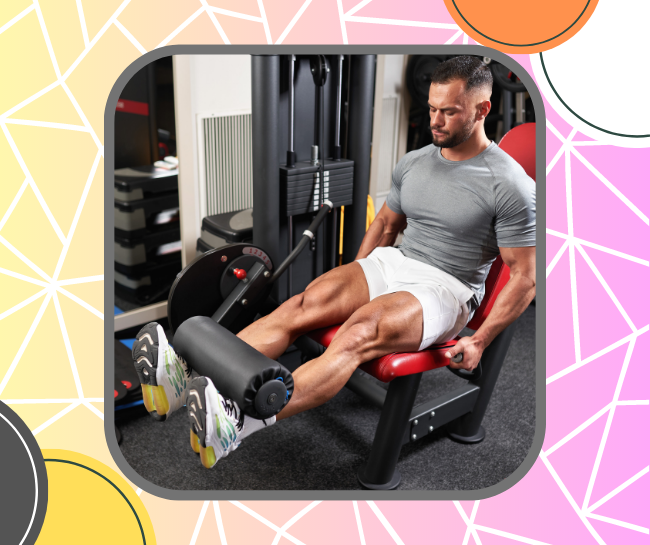
- Usage: Isolates and targets the quadriceps in the front of the thigh.
- Benefits: Allows for focused strengthening and toning of the quadriceps, helping improve leg muscle imbalance.
- Smith Machine:
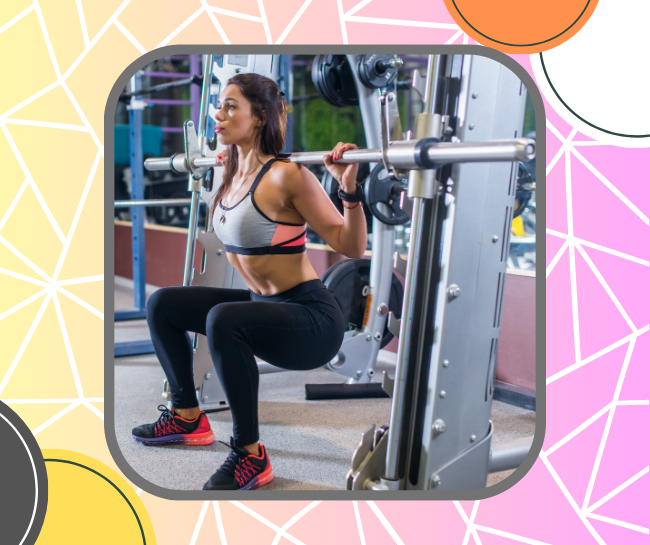
- Usage: A multipurpose equipment for various exercises like squats, bench presses, and more with guided barbell movements.
- Benefits: Provides stability and safety, especially for those new to weightlifting or working out without a spotter.
- Weight Plate:
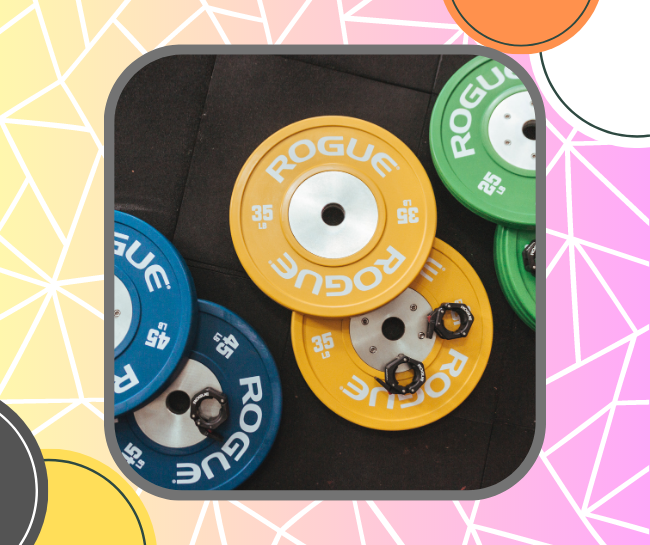
- Usage: Heavy discs added to barbells or used individually for resistance.
- Benefits: Offers versatility as they can be combined for desired weight levels and used for diverse exercises.
- Dumbbell:

- Usage: Free weights for bilateral and unilateral exercises.
- Benefits: Enhances muscle strength, balance, and coordination. Suitable for a wide range of exercises targeting various muscle groups.
- Barbell:
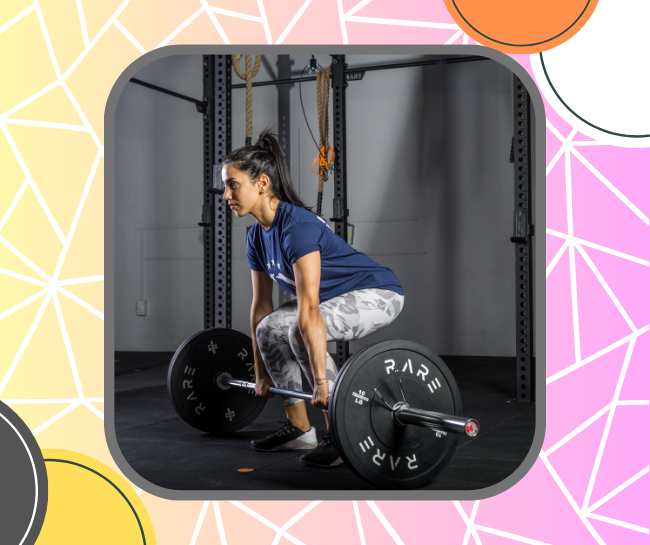
- Usage: Long bar used for lifting heavy weights, especially for compound exercises.
- Benefits: Effective for building core strength and targeting multiple muscle groups simultaneously.
- Bench Press Machine:
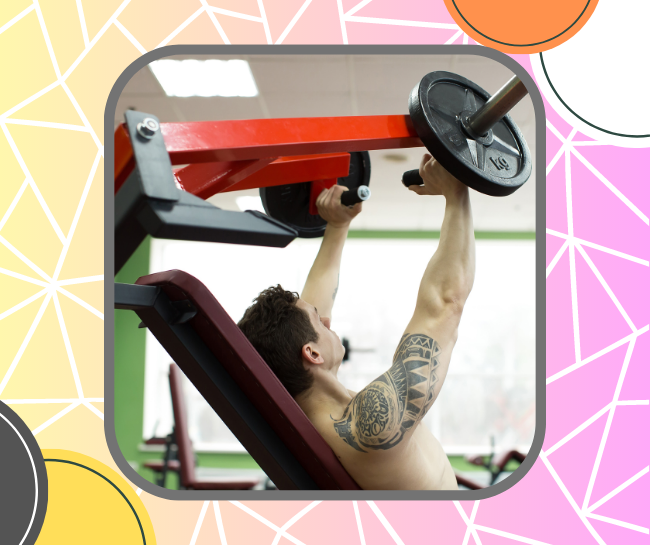
- Usage: Targets the chest muscles using guided movements.
- Benefits: Offers a safer alternative to free weights, especially for beginners, while ensuring targeted muscle engagement.
- Power Rack:
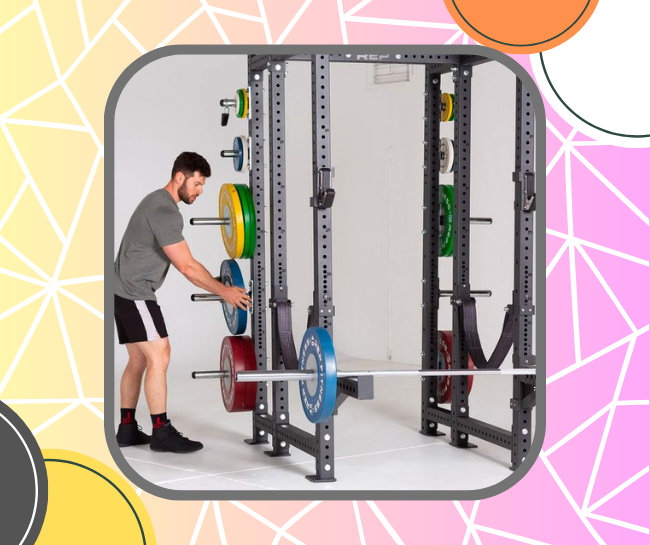
- Usage: A cage-like structure for free weight exercises like squats, deadlifts, and bench presses.
- Benefits: Provides a safe environment for heavy lifting, with adjustable safety bars to accommodate various heights and exercises.
- Kettlebell:
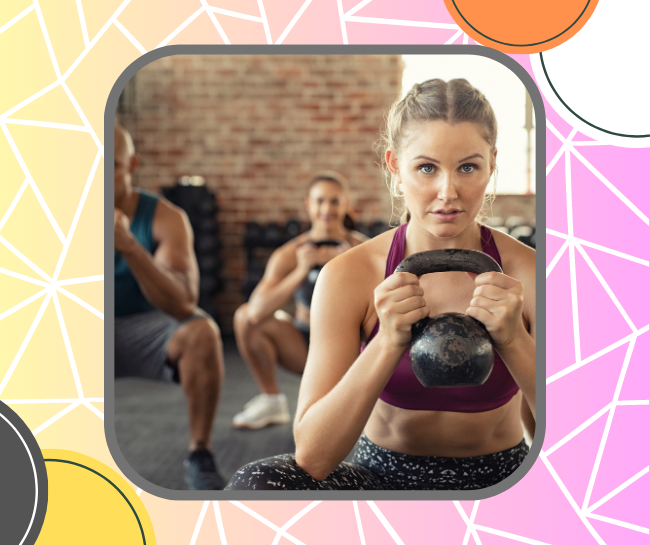
- Usage: A ball-shaped weight with a handle, used for swings, lifts, and squats.
- Benefits: Enhances functional strength, flexibility, and cardiovascular endurance.
💡 On average, Kettlebells are priced at $1.95 per pound, but it’s common to find them ranging from $1.50 to $2.50 per pound (equivalent to $3.30 to $5.50 per kilo). It’s essential to note that various brands charge significantly different prices for kettlebells of the same weight. Therefore, it’s highly beneficial to shop around and compare prices before making a purchase.
- Leg Press Machine:
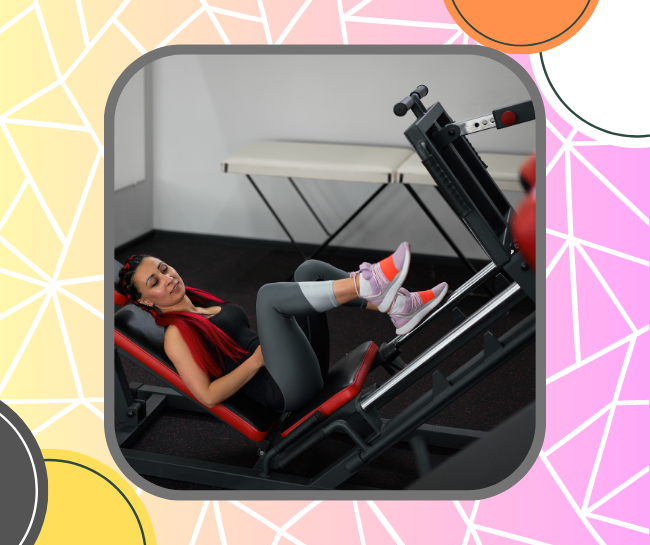
- Usage: Strengthens the legs by pushing a weight away using the legs.
- Benefits: Targets the quads, hamstrings, and glutes, allowing for heavy weight lifting with reduced back strain.
Incorporating a mix of machines and free weights in your gym ensures that members can target specific muscles and engage in compound movements for overall strength development.
Flexibility & Stability Equipment
Flexibility and stability form the foundation for most athletic endeavors. Whether one’s goal is to enhance athletic performance, prevent injuries, or maintain overall body health, equipment designed for these purposes is indispensable. Here’s a closer look at essential flexibility and stability tools:
- Mat:
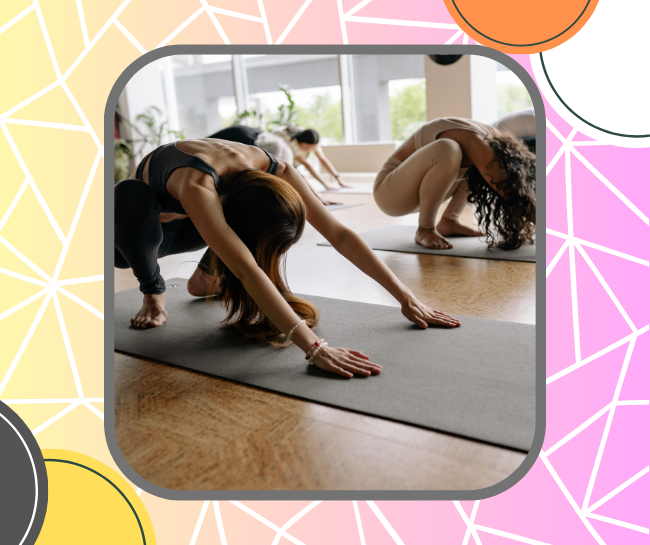
- Usage: A cushioned surface for exercises, stretches, and relaxation techniques.
- Benefits: Provides a comfortable and safe space, protecting against hard surfaces. Essential for floor-based exercises like yoga, pilates, or general stretching.
- Stability Ball (Also known as Swiss Ball or Exercise Ball):
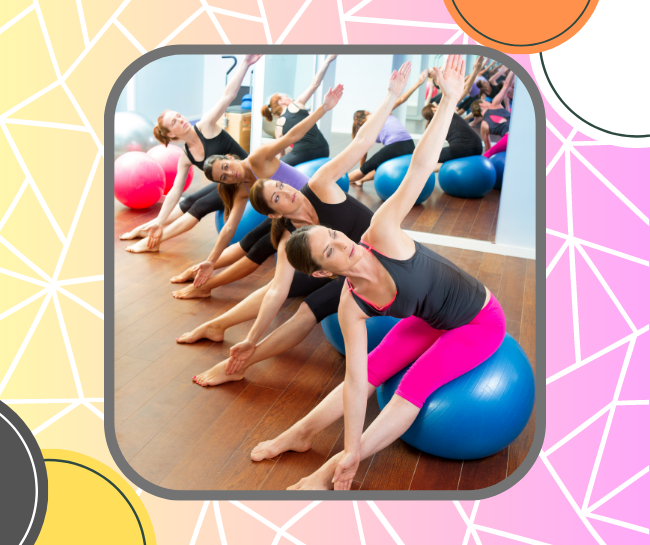
- Usage: A large inflatable ball used for exercises that target core muscles and enhance balance.
- Benefits: Challenges stability and core strength. It’s versatile, supporting exercises ranging from basic planks to advanced pikes or push-ups. Additionally, sitting on it can improve posture and engage core muscles even during rest.
- Foam Roller:
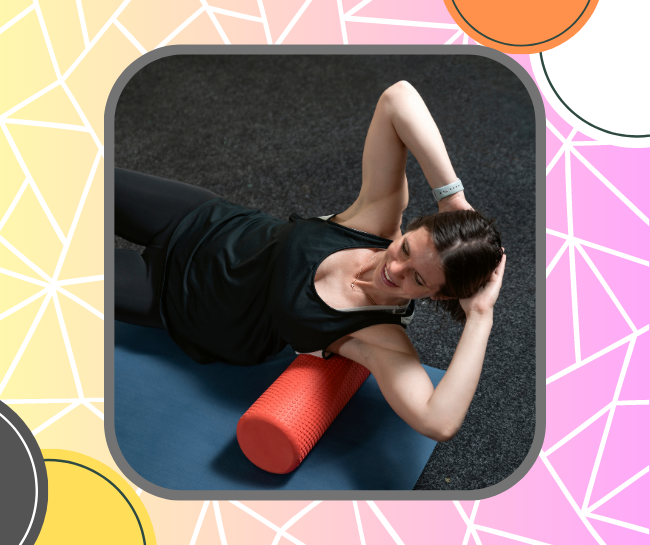
- Usage: A cylindrical tool for self-myofascial release, aiding in muscle recovery and flexibility.
- Benefits: Helps in releasing muscle knots and tightness, improving blood circulation, and increasing range of motion. It’s a great tool for post-workout recovery and can also be incorporated into warm-ups to prepare muscles for exercise.
Promoting flexibility and stability in a gym setting isn’t just about injury prevention; it’s about enhancing overall movement quality and body functionality. By integrating these tools, gym owners can offer members the full spectrum of fitness development, from raw strength to graceful flexibility.
Resistance & Functional Training Equipment
Resistance and functional training equipment are designed to enhance muscle strength, endurance, and functional movements that we use in our daily lives. These tools don’t just sculpt bodies; they build the kind of strength and agility that’s practical and useful outside the gym.
- Resistance Band:
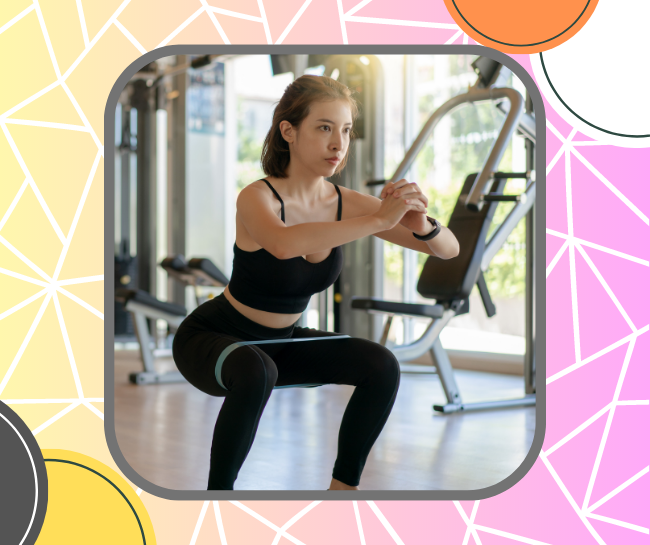
- Usage: Stretchy bands used to add resistance to exercises.
- Benefits: They are adaptable to multiple fitness levels, portable, and can enhance a vast array of exercises, from squats to bicep curls. They also help activate muscle groups and are fantastic for rehabilitation.
- Medicine Ball:
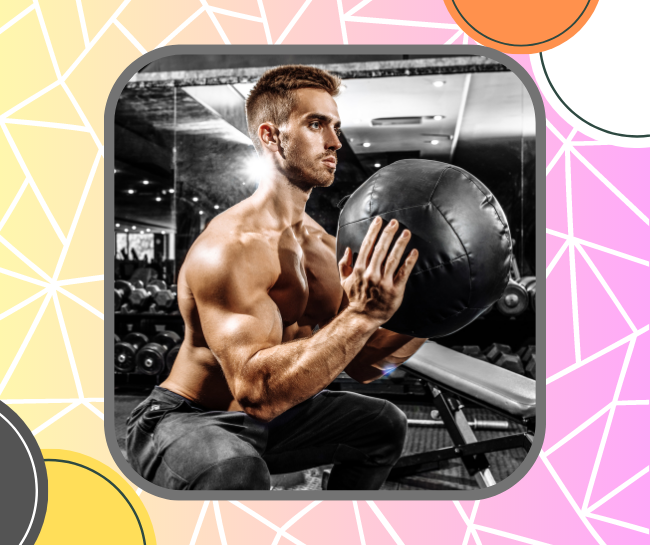
- Usage: A weighted ball used for various exercises that improve power, strength, and speed.
- Benefits: Great for dynamic movements, plyometric exercises, and even strength training. Can be thrown, caught, or used as added weight, making it versatile and challenging.
- Battle Ropes:
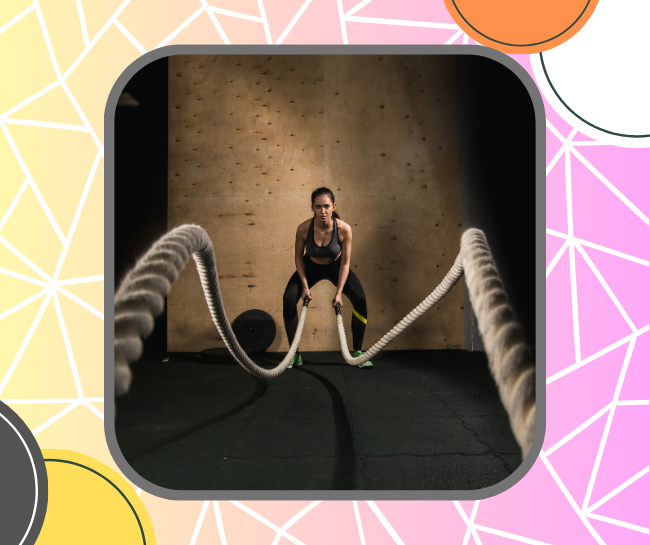
- Usage: Thick, heavy ropes that are whipped, slammed, or swirled in various patterns for workouts.
- Benefits: They offer full-body strength training and intense cardio simultaneously. They engage the core, arms, shoulders, and even legs, providing both aerobic and anaerobic benefits.
💡 According to studies, a 10-minute session with battle ropes can help gym-goers burn 112 calories. This low-impact cardio workout targets key muscle groups, including shoulders, arms, and core, allowing members to build muscle, enhance power, and improve endurance. Incorporating battle rope exercises can be a valuable addition to your gym’s fitness offerings.
- Leg Curl Machine:
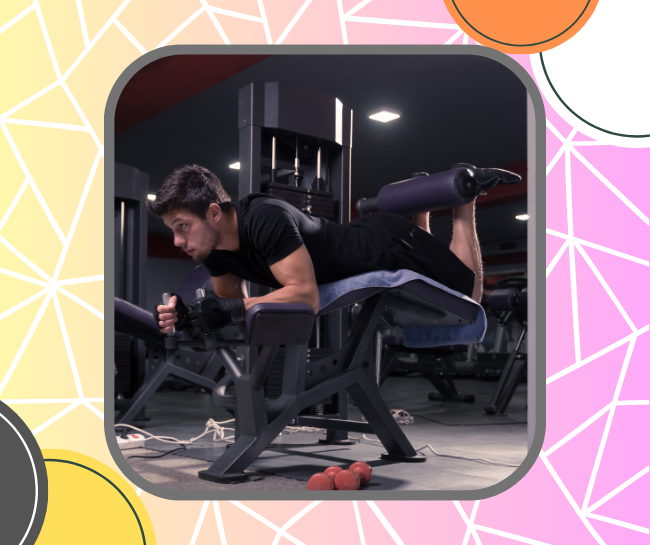
- Usage: Specifically targets the hamstring muscles by curling legs against resistance.
- Benefits: It isolates the hamstring muscles, making it essential for balanced leg muscle development and reducing the risk of injuries associated with hamstring weakness.
- Bench:
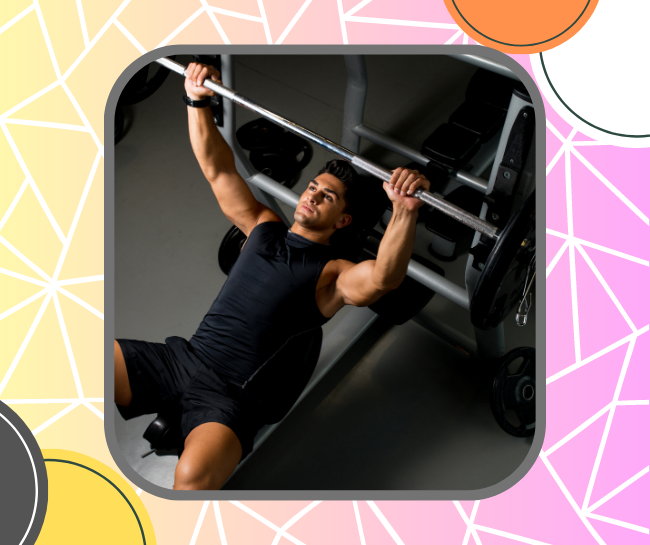
- Usage: A flat or adjustable surface used for weight lifting and bodyweight exercises.
- Benefits: Provides support for exercises like bench presses, rows, and tricep dips. An adjustable bench can accommodate incline or decline exercises, adding variety to workouts.
Resistance and functional training tools provide an avenue to move beyond traditional weight lifting. They simulate real-world activities, making them ideal for athletes, the elderly, or anyone looking to improve their day-to-day strength and functionality.
Building a well-rounded gym isn’t just about aesthetics or having the latest machines. It’s about offering members a complete fitness experience, where every piece of equipment, from the cardio machines to the resistance tools, plays a crucial role. This gym equipment list we’ve detailed is the foundation of a comprehensive fitness facility. As you set up or expand your gym, understanding each equipment’s purpose and benefits will ensure that your investment translates to member satisfaction and results. Remember, it’s the thoughtful combination of equipment that will make your gym a go-to destination for fitness enthusiasts of all levels.
Unlock the untapped potential of your gym with “The Power of Fitness Influencers” blog. Discover how partnering with fitness influencers can boost memberships and ignite your gym’s growth. Maximize your success with Spark Membership software – the ultimate solution for seamless gym management.
